Oxygen masks are essential to respiratory treatment for patients with life-saving oxygen. Choosing the wrong silicone parts risks lives. Bad components lead to costly recalls. Poor quality or uncertified materials damage your business and brand. Follow this guide to find top-quality parts you can trust today.
Why Silicone Is Ideal for Oxygen Mask Components
Silicone keeps oxygen therapy safe. It stays strong through many cleanings. It bends with ease to enhance patient comfort. It is crucial that it is safe for breathing.
Biocompatibility
Even after extended use, medical-grade silicone won’t hurt patients. It is hypoallergenic and non-toxic. It has undergone extensive testing to prevent respiratory or skin irritation.
It is thus perfect for delicate medical applications. Always confirm USP Class VI or ISO 10993 certification.
Superior Comfort and Fit
Because of its inherent elasticity, manufacturers can mold it to fit any facial shape. This preserves the effectiveness of oxygen delivery by producing a constant, pressure-free seal.
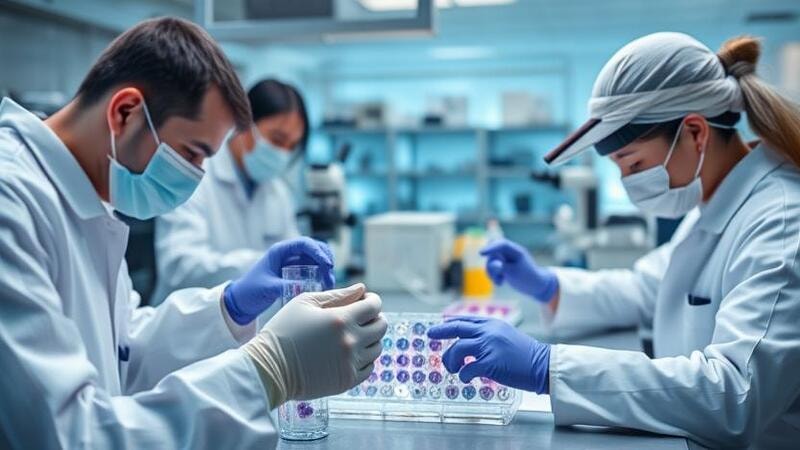
Without compromising its airtight qualities, the material flexes in response to facial movements. Silicone distributes pressure in all directions. In contrast, stiff polymers pierce the skin.
Its foam-like properties avoid red stains and discomfort during prolonged use. Better treatment adherence results from patients feeling less irritated.
Resistance to Temperature, Humidity, and Sterilisation
Medical silicone can handle extreme circumstances. It remains intact after hundreds of autoclave cycles. It stays intact after UV sterilisation, and chemical cleaners cannot break it down.
Silicone works better than other materials in humid conditions. It won’t encourage the growth of bacteria or absorb moisture. In any clinical scenario, the material remains dependable and adaptable.
Silicone resists everyday abrasions better than plastics, which bend or shatter. It remains effective in everything from freeze storage to sterilising in an emergency. This durability translates into constant performance and fewer replacements.
Reusability and Easy Cleaning
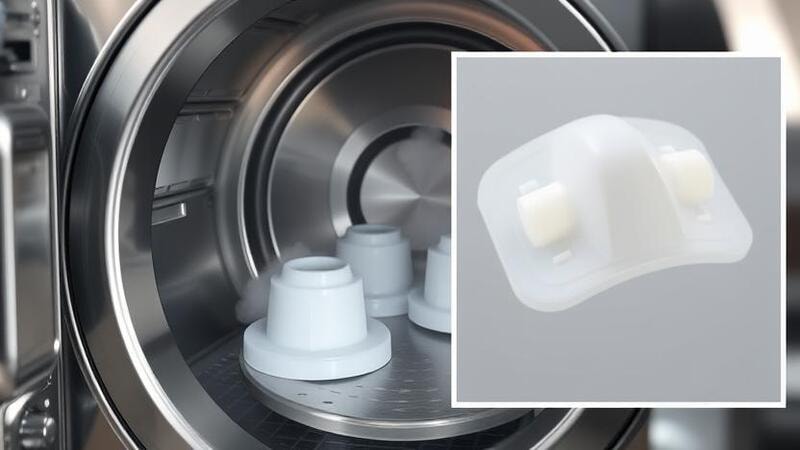
Medical silicone keeps its shape after 500+ washes. Harsh cleaners won’t damage it. This cuts costs by reducing replacements.
Every year, hospitals save thousands while upholding safety regulations. A nonporous surface repels bacteria, which it easy to clean.
Unlike porous plastics, there are no microscopic cracks for bacteria to lurk in. Autoclaving eliminates material degradation and restores like-new sterility.
Types of Silicone Oxygen Mask Parts and Key Components

Oxygen masks need well-designed silicone-type parts. Each component must fit perfectly. Flexible face cushions and airtight valves each play an important role in patient care.
Essential Silicone Oxygen Mask Components
Manufacturers use soft, medical-grade silicone in face seals and cushions to produce an airtight seal. They guarantee comfort during prolonged use while stopping oxygen leaks.
Valves control the flow of oxygen and prevent the accumulation of CO2. Two-way valves permit exhalation, but one-way valves control airflow. Both must endure thousands of cycles while maintaining their flexibility and durability.

The oxygen supply tube is firmly fastened to the mask by tubing connectors. Quick disconnection is made possible by their leak-proof design, guaranteeing effective delivery. Over time, precision moulding keeps things from cracking or loosening.
CPAP Mask Parts and Accessories
Silicone head straps are adjustable. Their lightweight design keeps the mask in place and doesn’t disturb sleep. For overnight use, a breathable texture reduces skin irritation.
Filters keep airborne pollutants out of ventilation systems. Adjustable designs ensure ventilation and hygiene. Seals allow quick repair while maintaining airtightness.
Nasal pillows and cushions enable non-invasive breathing with the least pressure. Curved shapes prevent long-term treatment sores. CPAP masks and BiPAP masks are used for non-invasive ventilation. Soft silicone conforms to each human body for better compliance.
Custom-Molded Silicone Parts
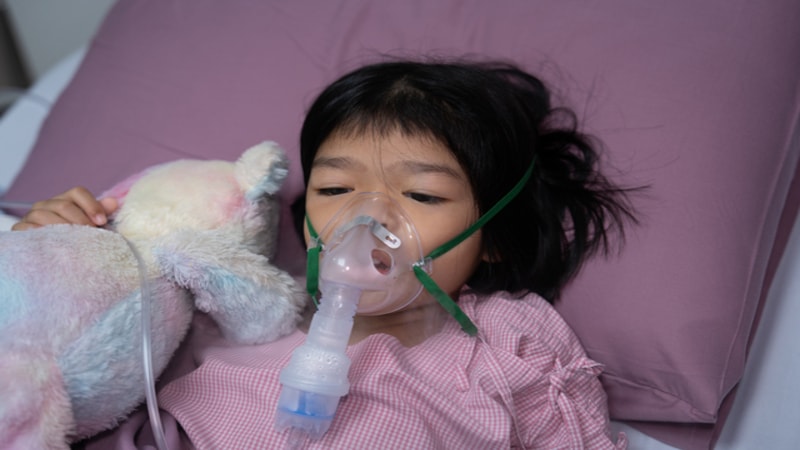
Engineered silicone fits and performs in a precise manner. These are perfect for precise medical applications.
- Adult Masks: Larger seals for secure fit without discomfort.
- Pediatric masks: Softer, smaller styles for kids.
- Neonatal masks: NICU babies’ ultra-gentle silicone masks.
Silicone vs. Other Mask Materials
| Material | Pros | Cons |
|---|---|---|
| Medical Silicone | Biocompatible, durable, reusable, and easy to sterilise | Higher cost than PVC |
| PVC (Plastic) | Low cost, lightweight | Can crack, be less flexible, and may cause skin irritation |
| TPE (Thermoplastic Elastomer) | Flexible, cost-effective | Less durable, degrades faster |
| Gel-Based Cushions | Very soft, good seal | Heavy, expensive, harder to clean |
Essential Characteristics of Premium Silicone for Oxygen Masks
Choose the silicone for the oxygen mask by checking key traits.
Durometer (Softness) Selection
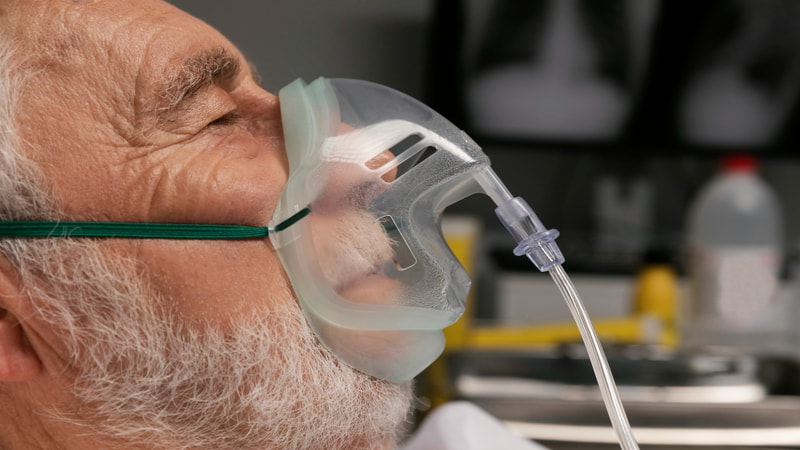
Silicone performance depends on 10A-40A Shore A hardness. Softer grades (10A-20A) pamper delicate skin and last longer. Firmer silicones (30A-40A) tolerate repeated sterilization without ripping and are durable for reuse.
Flexible 10A-15A is used in pediatric masks. Lasting adult components need 25A-35A. Always match the durometer to the part function and wear.
Surface Finish for Optimal Sealing
Smooth surfaces reduce friction and skin irritation. They also speed up and improve between-use disinfection.
Microtextured surfaces make masks more stable when moving. The little roughness increases grip without rupturing the oxygen seal.
Transparency vs. Pigmentation
Clear silicone lets clinicians spot dirt fast. It simplifies visual safety inspections. Hospitals use colored silicones for colour-coding. Pigments must be non-toxic and sterilisation-resistant.
Both options are oxygen-compatible. Select according to facility standards or your inspection requirements.
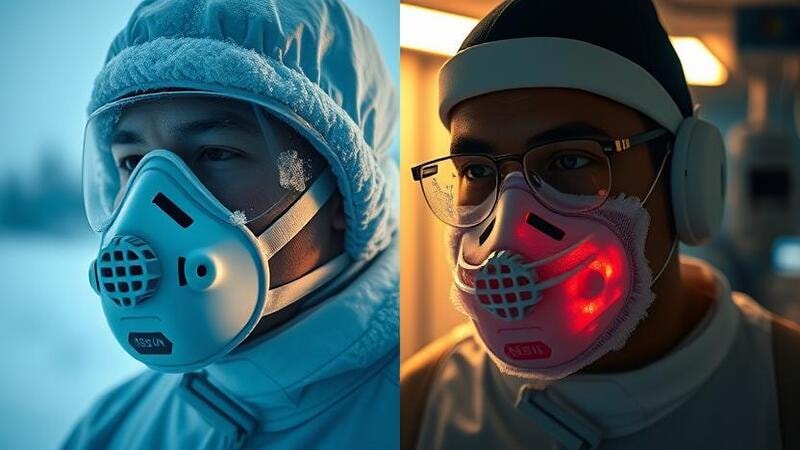
Performance in Extreme Environments
Medical silicone doesn’t shatter in cold ambulances or autoclaves. It stays flexible under 15 LPM oxygen flow to give therapy without any break.
The substance prevents ozone deterioration, a common issue with high oxygen exposure. Even in high-flow intensive care units, surfaces don’t crack or harden. It is suitable for long-term storage, sterilisation, and emergency transport.
Selection of Materials and Silicone Formulations for Oxygen Masks
Choosing the correct silicone composition is crucial for medical oxygen masks. Considerations for engineers and procurement experts should include the following:
Industrial vs. Medical Grade Silicone
The difference between industrial and medical grade silicone is as follows:
| Type | Medical-Grade | Industrial-Grade |
|---|---|---|
| Purpose | FDA-approved for skin/medical contact | Non-medical applications (e.g., seals, gaskets) |
| Purity | Ultra-clean, no toxic additives | May contain fillers or plasticisers |
| Testing | Biocompatibility (ISO 10993, USP Class VI) | Mechanical properties only |
| Cost | Higher due to stringent requirements | Lower, but unsuitable for medical use |
Addition-Cured vs. Condensation-Cured Silicone
Addition-cured (platinum) silicones cure without byproducts, making them ideal for oxygen masks. Although more expensive, they are the industry standard for critical components. They also provide improved long-term stability.
Condensation-cured (tin) silicones leak alcohol during curing, thus, frequent sterilization may hasten breakdown. They can only be utilised on non-essential components due to biocompatibility concerns. Additionally, platinum-cured silicones are ideal for masks and implants.
Compliance Standards
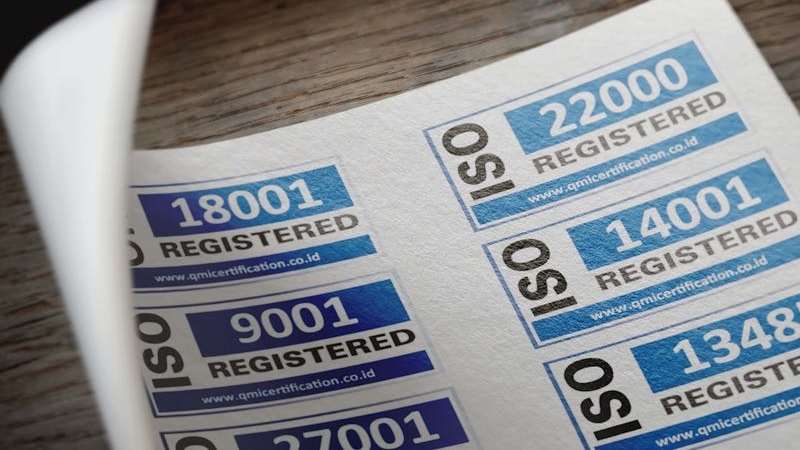
Medical-grade silicone meets strict compliance requirements to guarantee patient safety and device effectiveness.
- USP Class VI is the top material test. It checks if silicone is safe for skin and implants.
- ISO 10993 tests silicone safety. It looks for cell harm, allergies, and irritation risks.
- FDA 21 CFR 177.2600 approves medical silicone. It needs strict material and toxicity data.
Custom Formulations for Special Needs
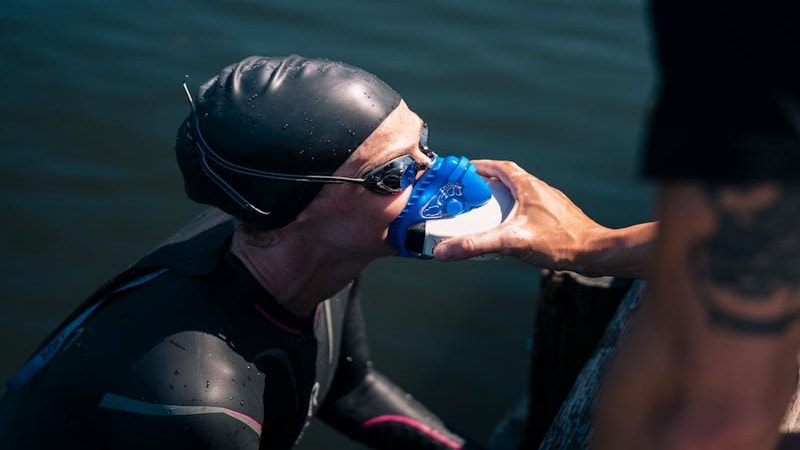
Antimicrobial silicone with silver ions or other bacteriostatic chemicals resists bacterial colonisation. ICU masks and long-term ventilation equipment are especially at risk of infection.
Reusable components with high-temperature resistance can withstand hundreds of autoclave cycles. Ultra-soft variants (Shore 5A-10A) prevent facial injury in vulnerable neonates and children. It provides gentle contact pressure with efficient sealing.
Regulatory Compliance and Testing Standards for Silicone Oxygen Mask Parts
Medical-grade silicone components must meet strict international standards. Buyers and manufacturers should know:
Key Compliance Standards
- USP Class VI: The highest biocompatibility standard for materials in prolonged contact with skin/mucous membranes.
- ISO 10993: Evaluates biological safety (cytotoxicity, sensitization, irritation) for medical devices.
- FDA 21 CFR 177.2600: U.S. approval for silicone in repeated medical/food contact applications.
- REACH & RoHS: Restrict hazardous substances for EU and global markets.
Third-Party Certification & Testing

Labs run three key tests: cell toxicity (ISO 10993-5), skin reactions (ISO 10993-10), and chemical leaching (ISO 10993-12).
NSF or EU Notified Bodies certifications attest to adherence to medical standards. These test reports are your evidence of biocompatibility; so, always request them.
Documentation Required by Suppliers
Material Safety Data Sheets MSDS/SDS documents prove silicone’s chemical safety. All ingredients and handling instructions should be available.
Certificates of Analysis provide batch-specific quality checks. These tests include biocompatibility, tensile strength, and hardness in sequence.
Complete test reports verify performance claims. Ask for durability, elongation, and sterilisation data. Not a report? Reject the supplier.
Design & Manufacturing Considerations for Silicone Components
Well-engineered silicone products require precise design and production skills. Some essential factors guarantee clinical performance and patient comfort.
Mould Design and Tolerance Accuracy
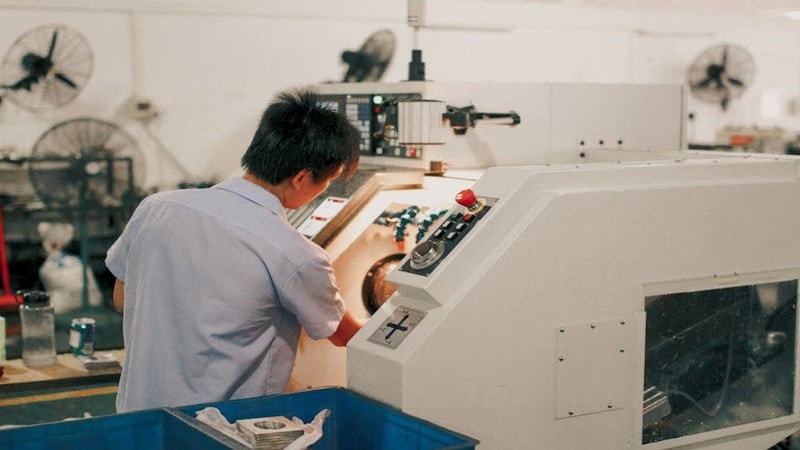
High-quality moulds are necessary to achieve consistent part dimensions and tight tolerances. EDM (Electrical Discharge Machining) or CNC machining guarantees accuracy.
To meet dimensional requirements, mould design must consider silicone shrinkage, 2–4% for LSR. Medical-grade LSR requires custom shrinkage formulations.
Surface Bonding and Chemical Compatibility
Plasma or corona treatment helps silicone stick better. It bonds coatings without losing flexibility. These procedures produce active surface sites without sacrificing biocompatibility or flexibility.
Ensure the fluids in your operational environment are always resistant to chemicals. Medical-grade silicone must resist disinfectants (such as bleach and isopropanol). Yet industrial silicone applications might need to be resistant to fuel and oil.
Avoid material deterioration by testing per ASTM D471 or ISO 1817.
Injection Moulding vs. Liquid Silicone Rubber (LSR) Techniques
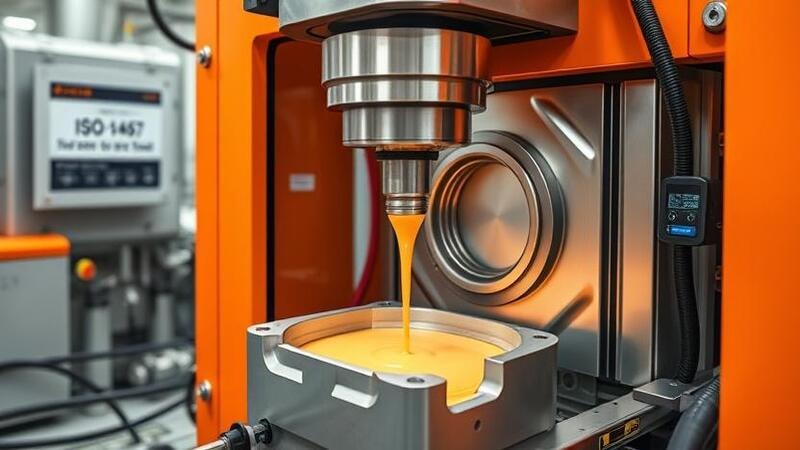
Choose between traditional injection moulding and Liquid Silicone Rubber (LSR) processing. It impacts the performance, cost, and durability of your silicone oxygen mask components.
| Factor | Injection Moulding (Thermoplastic) | Liquid Silicone Rubber (LSR) |
|---|---|---|
| Material Properties | Rigid/flexible plastics | Soft, elastic, biocompatible |
| Cycle Time | Faster (seconds) | Slower (curing required) |
| Tooling Cost | Lower for simple geometries | Higher (precision molds needed) |
| Application Fit | High-volume, rigid parts | Medical, seals, high-temperature uses |
Balancing Cost, Lead Time, and Customisation
Due to complicated machinery, high customisation results in higher costs. For better results, use modular designs or standard parts that allow some flexibility.
While high-volume runs justify costly moulds for long-term savings. Rapid prototyping and soft tooling can shorten development times for low-volume production.
Early supplier collaboration guarantees cheap material selection and process optimization. It also assists in striking the ideal balance between speed, affordability, and customised solutions.

Conclusion
Now that you know how to assess the components of silicone oxygen masks, act by asking your suppliers for certified test results. For your particular application, prioritise platinum-cured silicones with a precise Shore A hardness.
Are you prepared to source with assurance? Begin by comparing your existing components to the standards outlined in this guide. Patient outcomes and operating expenses can be greatly affected by even small improvements in silicone quality.
Collaborate with Hongju Silicone, Your Reliable Production Partner
With more than 15 years of experience producing medical-grade silicone, Hongju Silicone is an expert in high-performance oxygen mask parts, such as connectors, valves, and precision seals. Our ISO 13485-certified facility guarantees compliance with international medical standards.
Get in touch with us right now to improve the quality of your medical devices!
FAQs
Q1: What is medical-grade silicone made of?
Medical-grade silicone is made of purified silicone (polysiloxane) with no toxic additives. It uses platinum (not peroxide) for curing, making it extra safe for skin contact.
Q2: What is the difference between a nasal cannula and an oxygen mask?
A nasal cannula uses two small tubes in your nose for low oxygen (1-6 L/min). It’s lightweight and lets you talk/eat.
An oxygen mask covers your nose and mouth for higher oxygen (5-10 L/min). It’s used for serious breathing problems
Q3: Is a silicone mask safe?
Yes, medical-grade silicone masks are safe when properly made. They must pass strict health tests for skin contact and air flow.